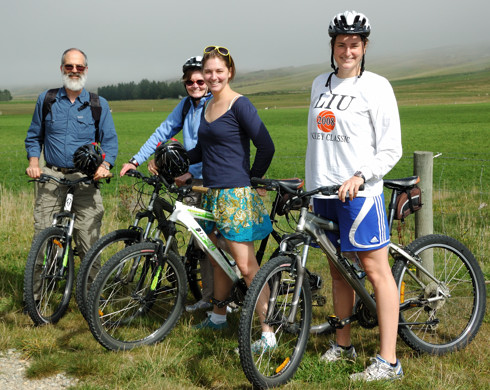 Leaving Dunedin, we drove up into Central Otago. The last three days in Dunedin had been rainy and gray, so we were heartened to see blue sky as we loaded the car. However, as soon as we climbed out of Dunedin onto the Otago plateau we found ourselves in heavy fog. Our plan was to ride bikes on a section of the Otago Rail Trail and this is certainly not what we wanted. The Rail Trail is 140 km of the roadbed of a railroad, which was built during the Otago gold rush, that has been turned into a hiking/biking trail. Along its path, it crosses several ridges and valleys. Fortunately, as we crossed into the valley where we would be riding, the fog just disappeared.
Leaving Dunedin, we drove up into Central Otago. The last three days in Dunedin had been rainy and gray, so we were heartened to see blue sky as we loaded the car. However, as soon as we climbed out of Dunedin onto the Otago plateau we found ourselves in heavy fog. Our plan was to ride bikes on a section of the Otago Rail Trail and this is certainly not what we wanted. The Rail Trail is 140 km of the roadbed of a railroad, which was built during the Otago gold rush, that has been turned into a hiking/biking trail. Along its path, it crosses several ridges and valleys. Fortunately, as we crossed into the valley where we would be riding, the fog just disappeared.
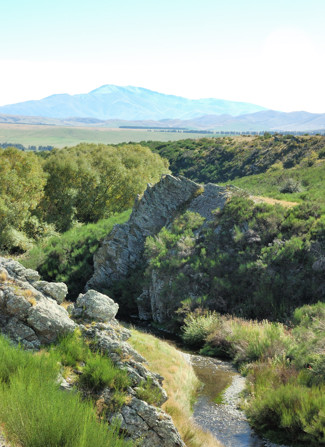 Our destination was Lauder, which was one of the station stops on the old railroad. We were staying at the Lauder Hotel, a 5 room establishment that occupies a renovated building that used to serve as the station. Although it is a hotel, the larger part of its business comes from being the local bar and restaurant. The hotel rented us 4 bikes, and Gerald, the owner-proprietor, drove us to a high point on the trail called Potato Hill just past Oturehua. (We liked Gerald and the Hotel.)
Our destination was Lauder, which was one of the station stops on the old railroad. We were staying at the Lauder Hotel, a 5 room establishment that occupies a renovated building that used to serve as the station. Although it is a hotel, the larger part of its business comes from being the local bar and restaurant. The hotel rented us 4 bikes, and Gerald, the owner-proprietor, drove us to a high point on the trail called Potato Hill just past Oturehua. (We liked Gerald and the Hotel.)
Because it was built as a railroad, the grades on the trail are never steep, making it a relatively easy ride. The entire trail is typically done in 3-4 days; however, I believe that we were all happy, once we had finished our 33 km section, that we were not doing more. Although the biking is easy, the roadbed is made up of large gravel, so the ride was quite rough even though our bikes had heavy duty shock absorbers. Notice that I said high point as we had cleverly arranged it so that most of our ride back to Lauder was downhill. You can see some of the spectacular scenery that we were traversing to the right and below.
Going downhill you might think we could have covered the 33 km in no time. However, the trail was rocky, and I, at least, got nervous when I started going even moderately fast. Of course, such concerns did not stop all of the daredevils in the group. However, another reason that the ride took us four hours was that there were many things to stop and look at. Here Nina is picking apples from a tree that is growing wild on the trail — or maybe once a settler’s cottage had been here.
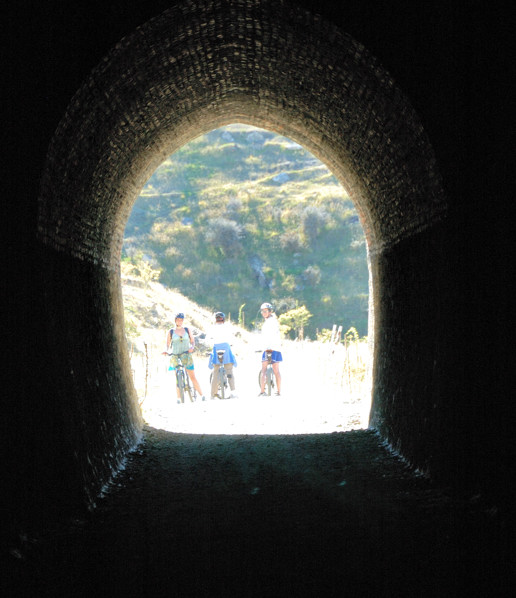 Attractions along this segment included two long tunnels (700+ feet) and several bridges. It is amazing to imagine these being built (the tunnels are through solid rock) in the middle of the 1800’s by small crews of men using basically hand tools.
Attractions along this segment included two long tunnels (700+ feet) and several bridges. It is amazing to imagine these being built (the tunnels are through solid rock) in the middle of the 1800’s by small crews of men using basically hand tools.
Near one of the tunnels we stopped at the ruins on an encampment where these workers lived for 3 years while building this section of the line. All that remains are chimneys, but just from the spacing it is clear that the huts these men lived in all this time were quite small. This is the river near this encampment
And here are the girls near that river.
The next day, we left the Lauder Inn and made the short drive to Naseby, an old gold mining town that is now a small alpine resort area. It was another gorgeous morning, as you can see in the two photos below.
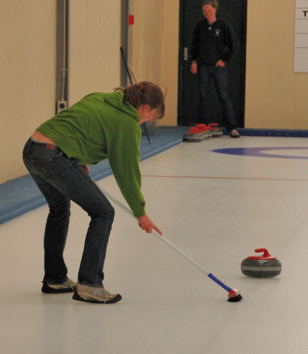 One of Naseby’s current claims to fame is the only indoor, Olympic-size curling facility in the southern hemisphere. Of course, we had to stop and give it a try. On the left, Nina is sending a stone down the ice. Serious competitors do this by sliding with the stone along the ice, getting the speed and alignment correct, before releasing the stone. Not being quite up to this, we pushed them with these shuffleboard-like sticks. Once the stone is sliding, each team has an opportunity to influence its speed and path by sweeping the ice in front of it. This can make the stone go 6-8 feet further. On the right, Taylor is showing her Olympic sweeping form. Curling refers to putting a slight spin on the stone that will cause its path to curl at the end — although we tried to do this, we never really succeeded. (Also, if you must know, the team of girls trounced the team of parents.)
One of Naseby’s current claims to fame is the only indoor, Olympic-size curling facility in the southern hemisphere. Of course, we had to stop and give it a try. On the left, Nina is sending a stone down the ice. Serious competitors do this by sliding with the stone along the ice, getting the speed and alignment correct, before releasing the stone. Not being quite up to this, we pushed them with these shuffleboard-like sticks. Once the stone is sliding, each team has an opportunity to influence its speed and path by sweeping the ice in front of it. This can make the stone go 6-8 feet further. On the right, Taylor is showing her Olympic sweeping form. Curling refers to putting a slight spin on the stone that will cause its path to curl at the end — although we tried to do this, we never really succeeded. (Also, if you must know, the team of girls trounced the team of parents.)
We continued on to Oamaru, a coastal town known for its buildings, constructed from local sandstone. This sandstone is still quarried and, we saw, used by artists all across the South Island. Oamaru has made an attraction of its well preserved downtown and its historic heritage. Here are the girls modeling bits of that heritage.
Also in Oamaru, we visited the Whitestone (after the stone) Cheese factory. Whitestone is an artisan cheese maker that makes cheese in small batches and ships it around the world. The cheese factory itself was not much different from places like this we had seen before; however, the we enjoyed several of the cheeses that we sampled and bought a larger piece of one of them.
The next day we had to drop Taylor off at the Christchurch Airport, so she could get home to empty her apartment, the lease for which ends at the end of March, and find a job for the Spring — I’ll let her explain her future plans. To be able to get her there on time, we wanted to get at least as far north as Timaru, before we stopped for the night. However, we had made plans to eat at the Riverstone Cafe in Oamaru. To kill an hour before dinner, we just relaxed in the wonderful Oamaru Public Gardens.
While we were there we made two friends. On the left below is Orange Kitty, a very friendly, apparent stray who enjoyed watching the birds in the aviary — they seemed completely unconcerned — and being petted by us. Haywood, who had enjoyed and now is missing the company of one of the cats that belonged to another of the tenants in their Brooklyn apartment, would have loved to spirit this cat away. Also, strolling through the public garden was the impressive chicken on the right below. Inevitably, the cat and the chicken met; it was a hilarious draw.
Our dinner at Riverstone Cafe was quite pleasant. The restaurant is part of a complex that seems to include plant nursery, petting zoo, and an amazing kids play area — we just don’t have combinations like this in the states. They emphasize locally grown food, some of which appears to be grown in their own show gardens.
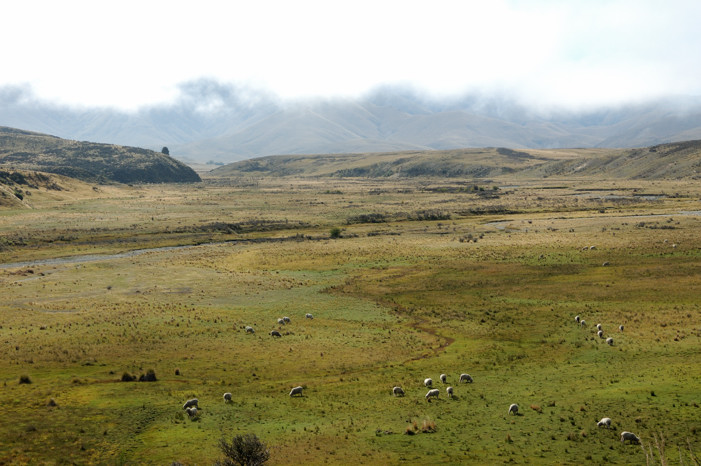
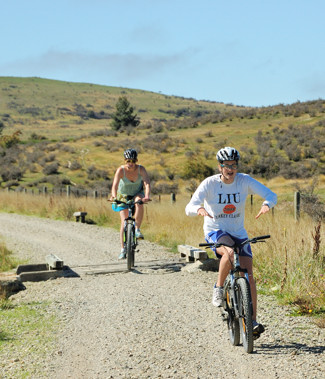
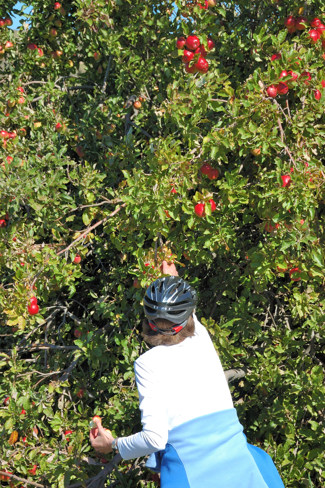
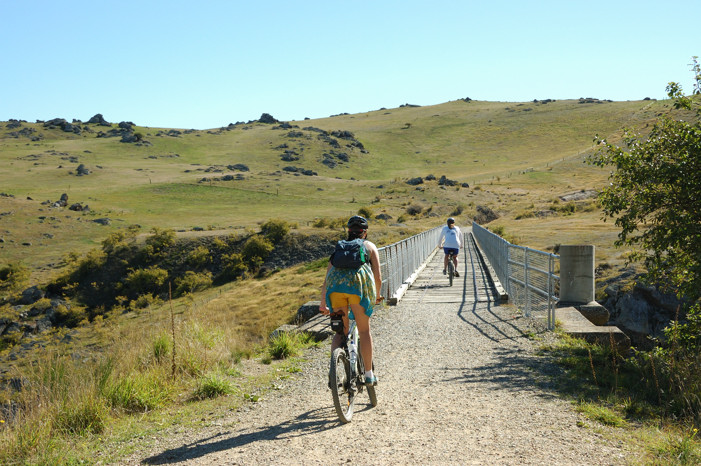
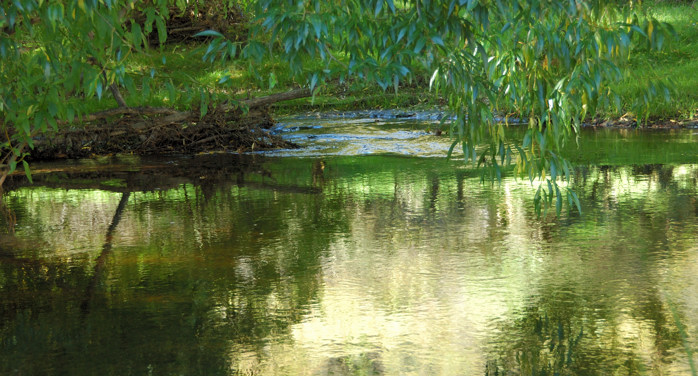
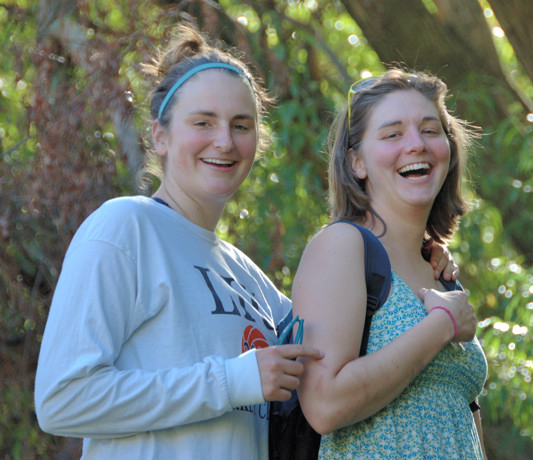
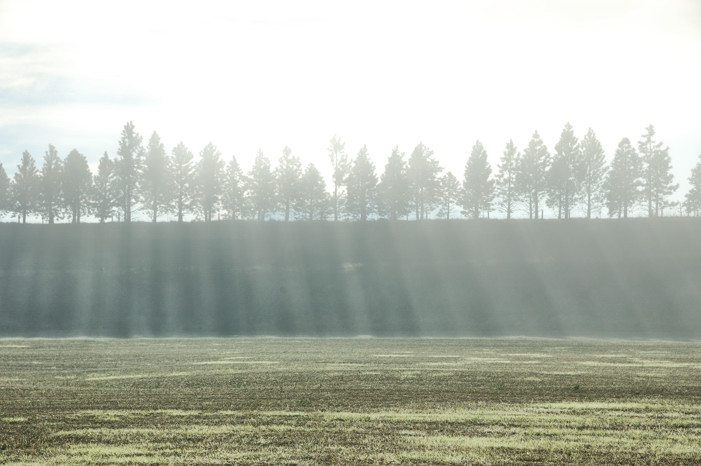
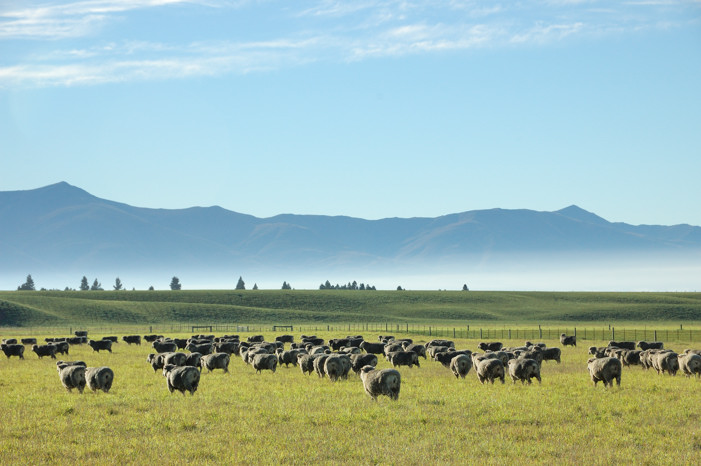
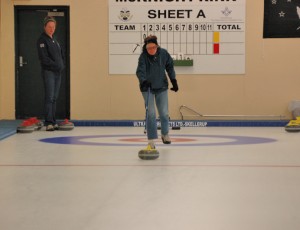
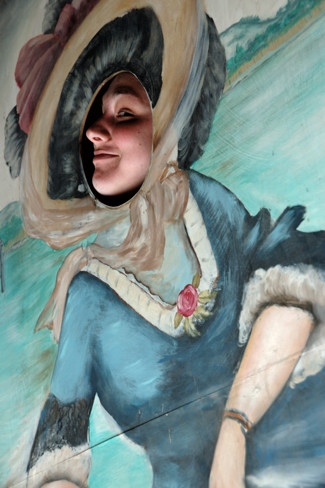
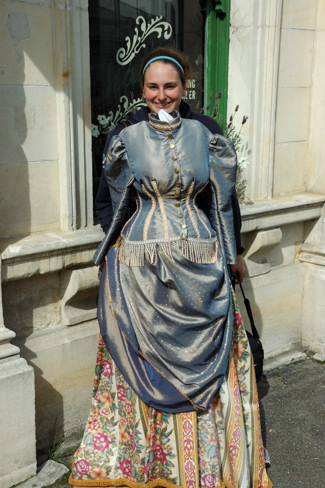
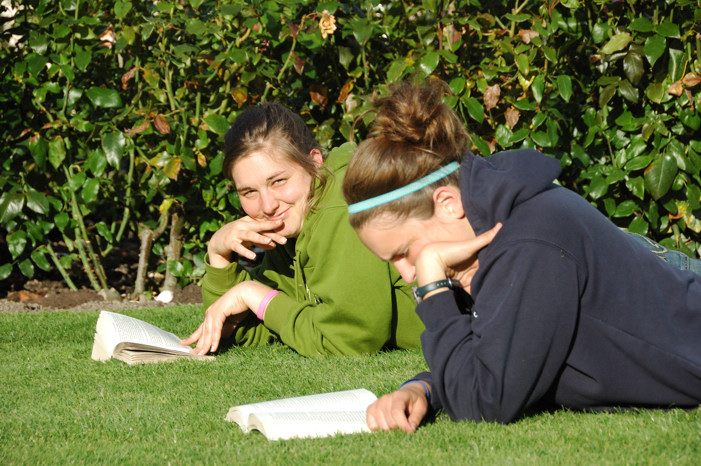
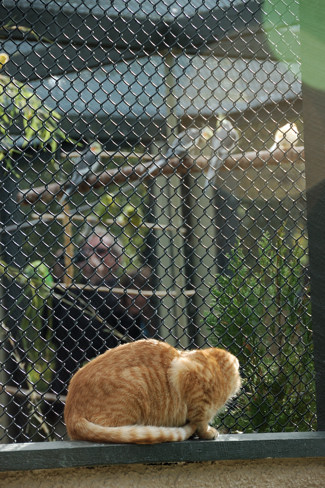
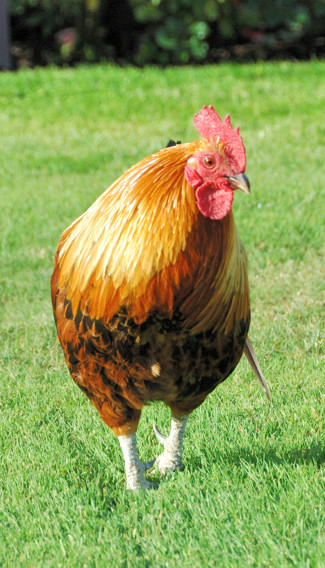
One Comment